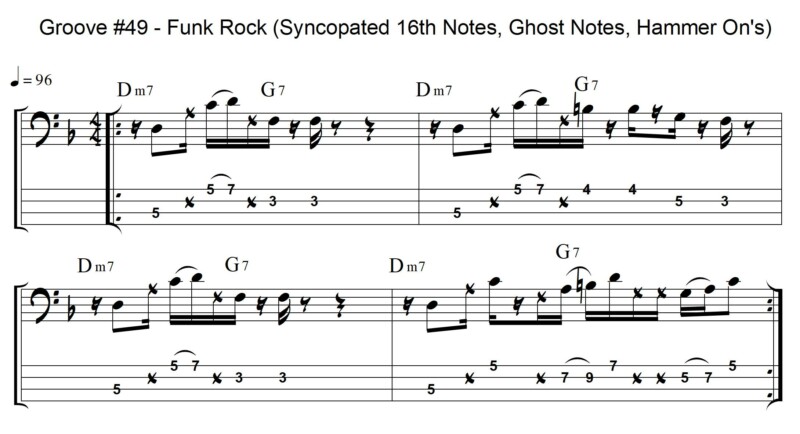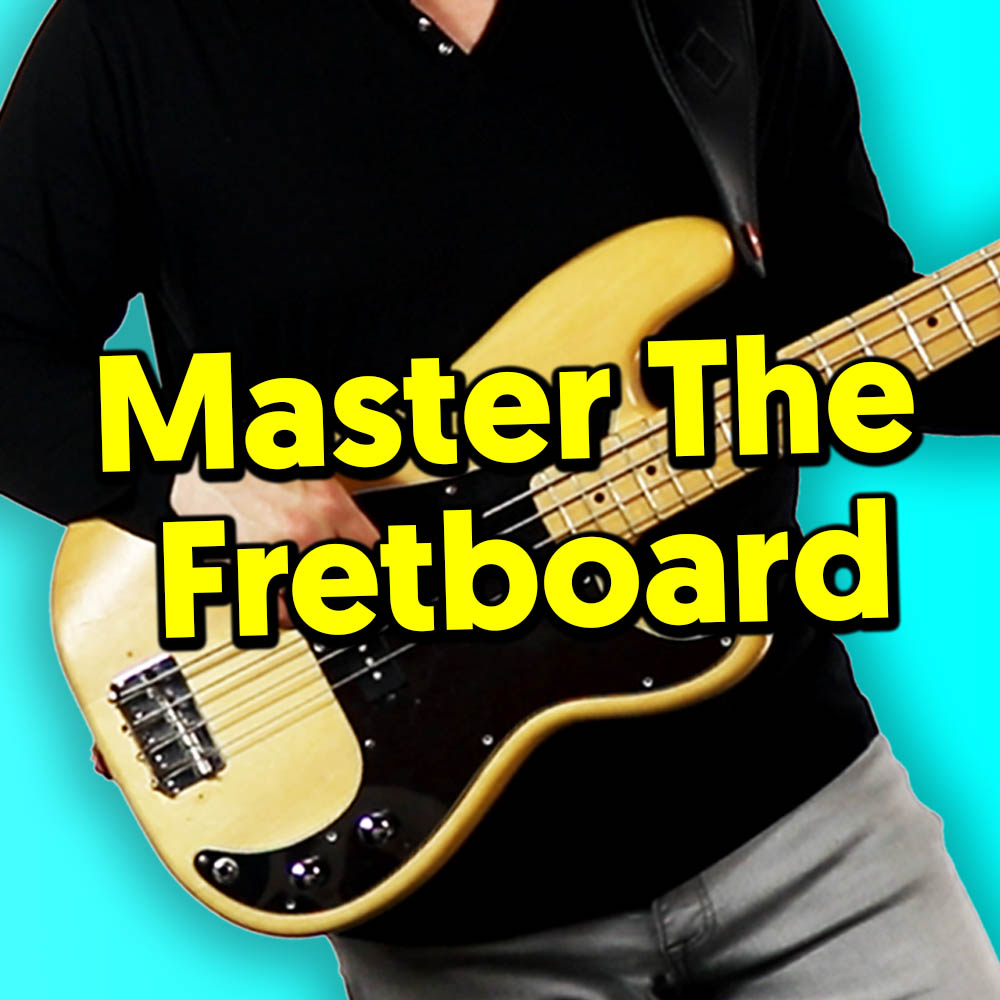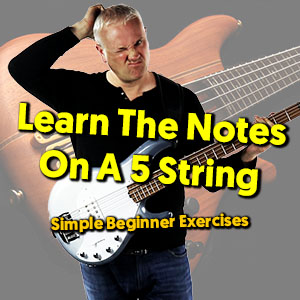Today we’re going to take a look at a funky 16th note groove that’s going to help develop your rhythmic accuracy. We’ll be looking at offbeat 16th notes that can be a real challenge for players when getting started with syncopated accents.
The riff is taken from the upcoming Groove Trainer Volume 2 course over at Talkingbass. Course release: March 11th 2023
Groove Trainer Course Vol.2
This is the follow up to the popular Groove Trainer Vol.1 in which we work through a series of bass grooves specifically designed for the course. Where we focus on developing your technique, rhythm and general playing abilities step by step.
There are 13 in depth bass lessons on the relevant topics, before moving onto 60 grooves in a variety of styles from pop to rock, reggae to latin and jazz. Each groove has a specific video coaching lesson and the grooves are progressive in nature, so your skills will develop as you move through the course.
There are over ten hours of lessons accompanied by a 6o page e-book and 60 mp3 backing tracks. This is groove number 49 from the Groove Trainer Vol.2 Course. Here you will be dealing with ghost notes, syncopated 16th’s and some hammer ons as shown on the TAB and stave below.
Groove #49
Drum Track:

Bar 1 Breakdown
Instantly it’s a little tricky as we are coming in on the second 16th note of the bar, so on that first beat we have a 16th note rest, 8th note and 16th. Straight away we are on that off beat 16th note.
Then for the second beat we have four 16th notes followed by 16th note rest, 16th note on beat three. The rest of beat 3 is a rest followed by a 1/4 note rest on beat 4. Take your time with this, as coming in on the second 16th note on beat one will feel a little unnatural and require sometime to get used to how this will make the groove feel.
Bar 2 Breakdown
The second bar is pretty much the same, but we extend the rhythm with off-beat 16th notes. So on the third beat instead of just playing the “e” of three, we are also adding the “a” at the end of that 16th note figure. We also play the “e” of beat four here.
With these kind of rhythms you do have to assimilate them into your vocabulary. If you can get used to counting those off beat notes and feeling them, then reading these lines and playing them will become so much easier.
Bar 4 Breakdown
Bar 4 starts similar, but instead of hammering on from the C to the D we just play C here.
That second beat is counted as “2 & a” and we play a ghost note with a hammer on from A to B, this figure is simply moved down a tone and played again.
We have a ghost note before the first hammer on and two ghost notes before the second as shown in the video lesson above.
Dorian Harmony
In terms of harmony we are in the key of D minor where we play a D min7 to a G7, this is chord I to chord IV. This means we are playing around the Dorian mode, playing all chord tones. In the final bar, we are using approach notes leading into chord tones through the use of hammer ons.
Drum Breakdown
There is a 16th note pulse in the Hi Hat while the bass drum is playing the down beat of beat 1, we are not playing here but rather working around this down beat.
The snare hit on the second 16th gives us that anchor to connect what we are playing to. The open Hi Hat’s accent the off beats that we are playing throughout the riff.
This is quite a tricky line overall due to it’s syncopated nature, so take your time with is it and play along to the drum track.













I did not expect the 1/16 syncoped D being so critical to find the right groove.
Wow, thank you Mark!
Is the backing track missing here? 🤔
It’s there just above the stave and TAB